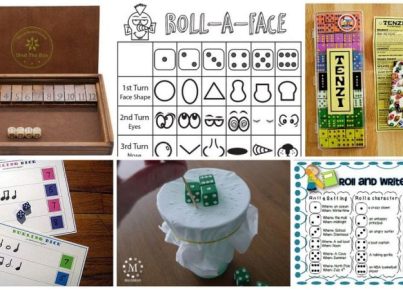Fractions are an essential concept in mathematics, and teaching them effectively can be a challenge. However, I’ve discovered a new method that will surely become your favorite way to teach fractions.
The key to this approach is making fractions tangible and relatable for students. Rather than relying solely on abstract explanations, we incorporate real-life examples and hands-on activities. By doing so, students can develop a deep understanding of fractions and their significance.
Here’s how you can implement this teaching method:
-
- Start with Everyday Objects: Begin by using everyday objects to introduce the concept of fractions. For instance, you can use fruits like apples or oranges and demonstrate how to divide them into equal parts. This visual representation helps students grasp the concept of fractions as parts of a whole.
-
- Relate Fractions to Measurements: Encourage students to connect fractions with measurements. For example, ask them how they would divide a pizza into equal slices or a piece of paper into halves or quarters. By relating fractions to real-life situations, students can see the relevance and practicality of this mathematical concept.
-
- Interactive Activities: Engage students in interactive activities that involve fractions. Use manipulatives like fraction tiles or fraction strips to facilitate hands-on learning. Students can explore various fraction operations, compare fractions, and visually represent different fractions using these tools.
-
- Real-Life Problem Solving: Present students with real-life problems that require the application of fractions. For instance, you can ask them to solve word problems involving cooking recipes, dividing money among friends, or sharing toys equally. These scenarios enable students to apply their knowledge of fractions in meaningful ways.
-
- Collaborative Learning: Encourage collaborative learning by incorporating group activities. Assign students to work in pairs or small teams to solve fraction-related tasks together. This fosters teamwork, communication, and peer learning, enhancing their understanding of fractions.
- Technology Integration: Leverage technology tools aimed at teaching fractions effectively. There are numerous educational websites, apps, and games that offer interactive fraction lessons and practice exercises. Integrating technology into your teaching can supplement classroom instruction and provide additional resources for students.
Remember, the key to teaching fractions effectively is to create a supportive and engaging learning environment. Offer ample opportunities for students to practice, ask questions, and reinforce their understanding of fractions. With this new teaching approach, your students will develop a solid foundation in fractions while finding joy and meaning in their mathematical journey.
Give this method a try, and you’ll soon discover why it will become your new favorite way to teach fractions!





